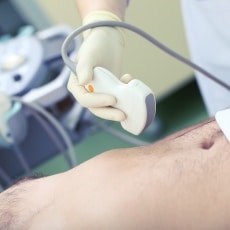
Enterocele

Summary
A hernia happens when part of an internal organ or tissue bulges through a weak area of muscle. Most hernias are in the abdomen.
There are several types of hernias, including:
- Inguinal, in the groin. This is the the most common type.
- Umbilical, around the belly button
- Incisional, through a scar
- Hiatal, a small opening in the diaphragm that allows the upper part of the stomach to move up into the chest.
- Congenital diaphragmatic, a birth defect that needs surgery
Hernias are common. They can affect men, women, and children. A combination of muscle weakness and straining, such as with heavy lifting, might contribute. Some people are born with weak abdominal muscles and may be more likely to get a hernia.
Treatment is usually surgery to repair the opening in the muscle wall. Untreated hernias can cause pain and health problems.
Source: MedlinePlus, National Library of Medicine.
Information pulled from the Hernia page.
MedlinePlus brings together authoritative health information from the National Library of Medicine (NLM), the National Institutes of Health (NIH), and other government agencies and health-related organizations.
Battling a Bulging Hernia: Don't Ignore Your Groin Pain
National Institutes of Health
Hernias
Nemours Foundation
Inguinal Hernia Repair Surgery
Society of American Gastrointestinal and Endoscopic Surgeons
Laparoscopic Ventral Hernia Repair
Society of American Gastrointestinal and Endoscopic Surgeons
Surgical Mesh Used for Hernia Repair
Food and Drug Administration
Listen to our
latest Podcast!


